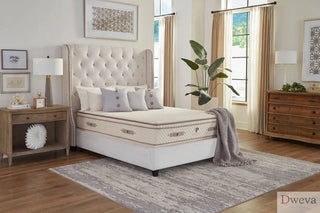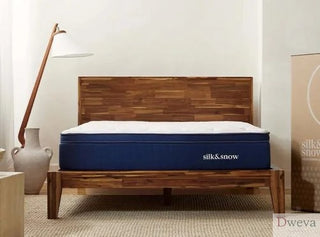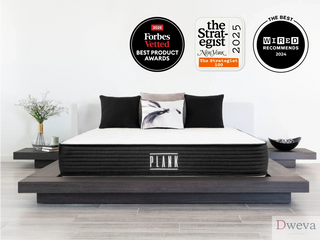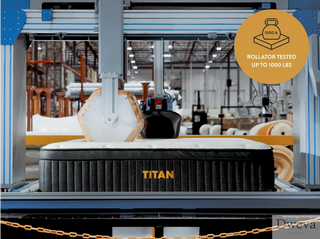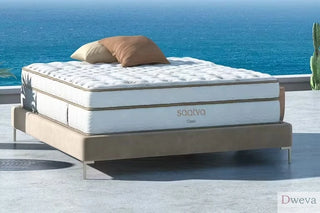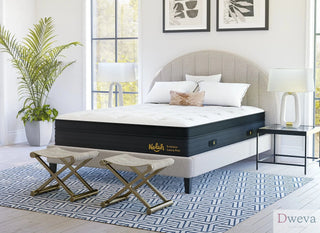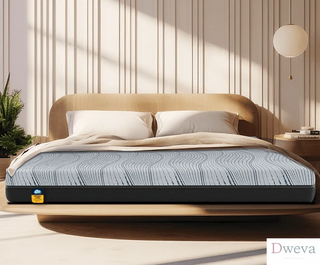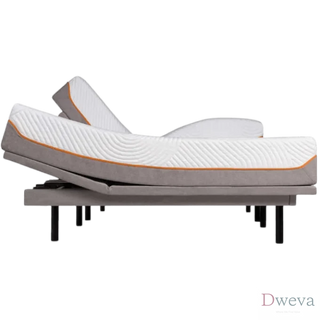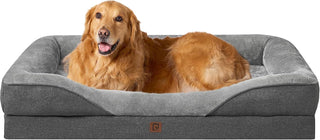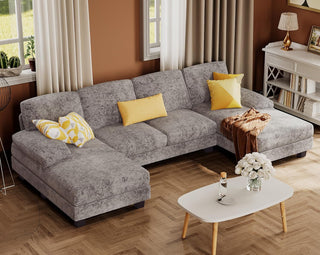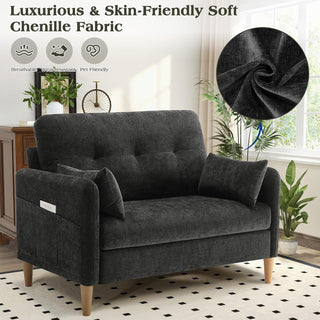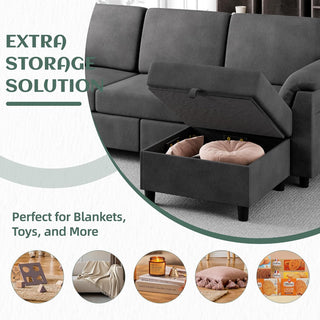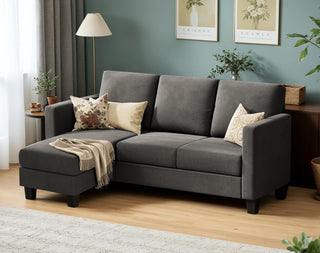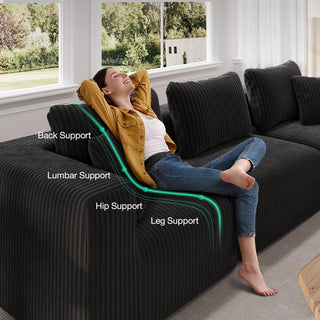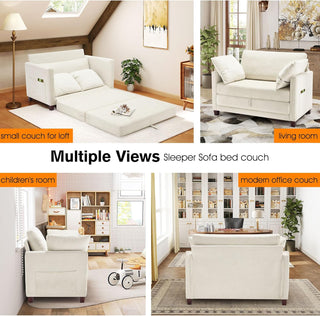If you bought a mattress over a decade ago, you were likely advised to pair it with a box spring. But the question remains: do you actually need a box spring today? The answer isn’t straightforward. While many modern mattresses don't require a box spring, in certain situations, they can still provide valuable benefits.
To help you decide, we’ll explore the role of box springs, compare them to other mattress foundations, and highlight some great alternatives. Let’s get started!
What is a Box Spring?

A box spring is just that—a box with springs inside! Typically constructed with wood or metal, a box spring is covered in fabric and filled with layers of metal coils. These coils provide support for your mattress and help absorb the shock and strain that comes from regular use.
Box Spring vs Foundation
There are many misconceptions about the difference between box springs and foundations, especially since they may look similar. While both support mattresses, the materials inside are different. Box springs contain springs, whereas foundations usually feature wooden slats.
Foundations are ideal for modern mattresses, like memory foam beds, while box springs are better suited for innerspring mattresses. Innerspring mattresses tend to experience strain on their coils, and a box spring can help absorb some of that pressure, preventing the mattress from sagging.

Note: If you want to know more, we’ve got an article on the best spring mattresses to guide you.
Some people also prefer box springs for their ability to raise the height of the mattress, making it easier to get in and out of bed. If this interests you, our article on the ideal bed height has more details.
Box Spring vs Platform Bed
In recent years, platform beds have started replacing both box springs and foundations. These bed frames sit lower to the ground and offer either slatted or solid surfaces, providing both support and structure in one neat package. Want to know which mattresses pair best with platform beds? Check out our list of the best mattresses for platform beds.

It’s important to note that platform beds can make a mattress feel firmer, which might put additional pressure on sensitive areas like the shoulders and hips. Plus, some people find low-profile beds harder to get out of, especially as they age.
Note: We also have a guide on the best mattresses for pressure points.
Many people still pair box springs with sleigh beds, canopy beds, or four-poster bed frames. These bed frames tend to have a higher profile, which some people prefer. Box springs are particularly helpful under innerspring mattresses, as they provide additional support, preventing sagging.
What Mattresses Need a Box Spring?
Innerspring mattresses—though less common nowadays—are the primary mattresses that require box springs. The springs in a box spring help prevent innerspring mattresses from sagging prematurely. However, not every innerspring mattress needs a box spring, so always check with the manufacturer’s instructions for the recommended base.
These days, most mattresses with coils are hybrids. These mattresses offer thicker comfort layers and provide more plushness and pressure relief. Hybrids typically only need a foundation or platform base for support.
Box Spring Alternatives
While foundations and platform beds are the most well-known alternatives to box springs, there are other options that can provide solid support for your mattress. Consider the following alternatives:
- Wooden Slats: When placed 2 to 5 inches apart, wooden slats provide excellent support for most mattresses. They also promote airflow, which can keep you cooler during the night.
- Adjustable Bases: These bed frames offer solid support and the ability to adjust the bed’s position. This can help with issues like snoring or acid reflux by allowing you to raise or lower the foot of the bed.
- Coconut Coir Bed Rugs: Made from latex foam and fibers from coconuts, these one-inch mats not only support your mattress but also help prevent mold and mildew.
- Bunkie Boards: Thin but supportive boards made from wood and fabric, these are often used in bunk beds. They provide extra support and can extend your mattress’s lifespan.
Benefits of a Box Spring
For those with innerspring mattresses, a box spring can significantly extend the life of the mattress by preventing sagging.
Additionally, box springs often raise the height of the bed, which some people prefer for aesthetic reasons or for easier access. This added height can be particularly helpful for people with mobility issues or those who struggle with getting in and out of bed.
Downsides to a Box Spring
There are some drawbacks to box springs:
- Wear and Tear: Over time, box springs can wear out, especially if you purchase a low-quality model. You might need to replace them after a few years of use.
- Bounciness: Box springs can make your mattress feel more responsive, which some people enjoy. However, others may find the bouncy feel uncomfortable, especially if they prefer a firmer, more supportive bed.
Who Needs a Box Spring?
There are certain situations where a box spring is necessary:
- Collapsible Metal Frame Users: If you have a collapsible metal frame that doesn’t feature reinforcement slats, a box spring is essential for support.
- People Who Want Extra Loft: If you want to raise the height of your mattress for easier access, a box spring can give you the extra loft you need.
- Those Seeking Extra Support: Innerspring mattresses often require box springs to provide the necessary support and extend the mattress’s lifespan.
Collapsible Bed Frame Users
Box springs were once the standard for collapsible metal bed frames because these frames lack slats for even support. The box spring helps fill that gap, ensuring your mattress gets proper support. If you still have a frame like this, you will need a box spring.
If you have a metal bed frame with slats, platform bed, or adjustable bed frame, you likely won’t need a box spring.
People Looking for Extra Loft
You might consider a box spring if you need to raise the height of your mattress. This can make it easier to get in and out of bed, which can be particularly helpful for seniors or individuals with pain. If you want to learn more, check out our guide on beds for seniors.
People Who Need Extra Mattress Support
If you have an innerspring mattress, a box spring can provide much-needed support. However, always consult your mattress manufacturer’s guidelines to ensure a box spring is required. Many companies will void your mattress warranty if the mattress isn’t paired with the correct base.
If the manufacturer recommends a box spring, it’s best to invest in one to ensure proper support and prolong your mattress’s life.
Final Thoughts
A box spring can be a valuable addition to your mattress setup, but it’s essential to do your research before buying. For most modern mattresses, a box spring isn’t necessary. However, if you have an innerspring mattress, it’s likely that a box spring will be beneficial.
Remember, if you need a box spring, factor it into your mattress budget. If it’s an essential part of your setup, you may want to choose a more affordable mattress to balance the cost.
Still unsure whether you need a box spring? Check out our article on putting a mattress on the floor to explore more options.
Box Spring FAQs
-
What is the point of a box spring?
The main purpose is to create a barrier between the mattress and the bed, absorb shock, and provide extra support. -
Do all mattresses need a box spring?
Not all mattresses require box springs. Most innerspring mattresses do, but always check with the manufacturer. -
Do you need a box spring with a platform bed?
No, a box spring is typically not needed with a platform bed. However, some people add one for additional height. -
How much is a box spring?
Prices can range from $100 to over $500, depending on the size and materials. -
Can you put a box spring on the floor?
Yes, placing a box spring directly on the floor is possible. It adds height and can improve airflow. -
How long do box springs last?
High-quality box springs last around 10 years, but cheaper versions may wear out faster.



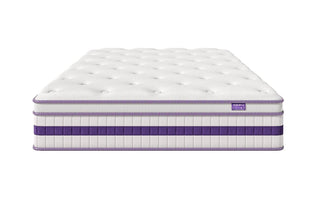
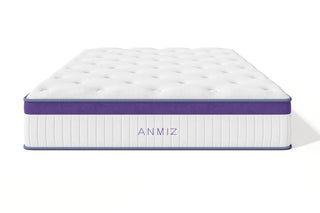
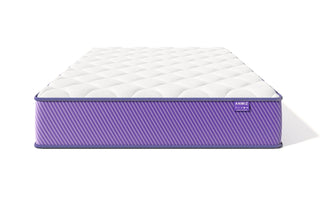


 https://dweva.com
https://dweva.com
